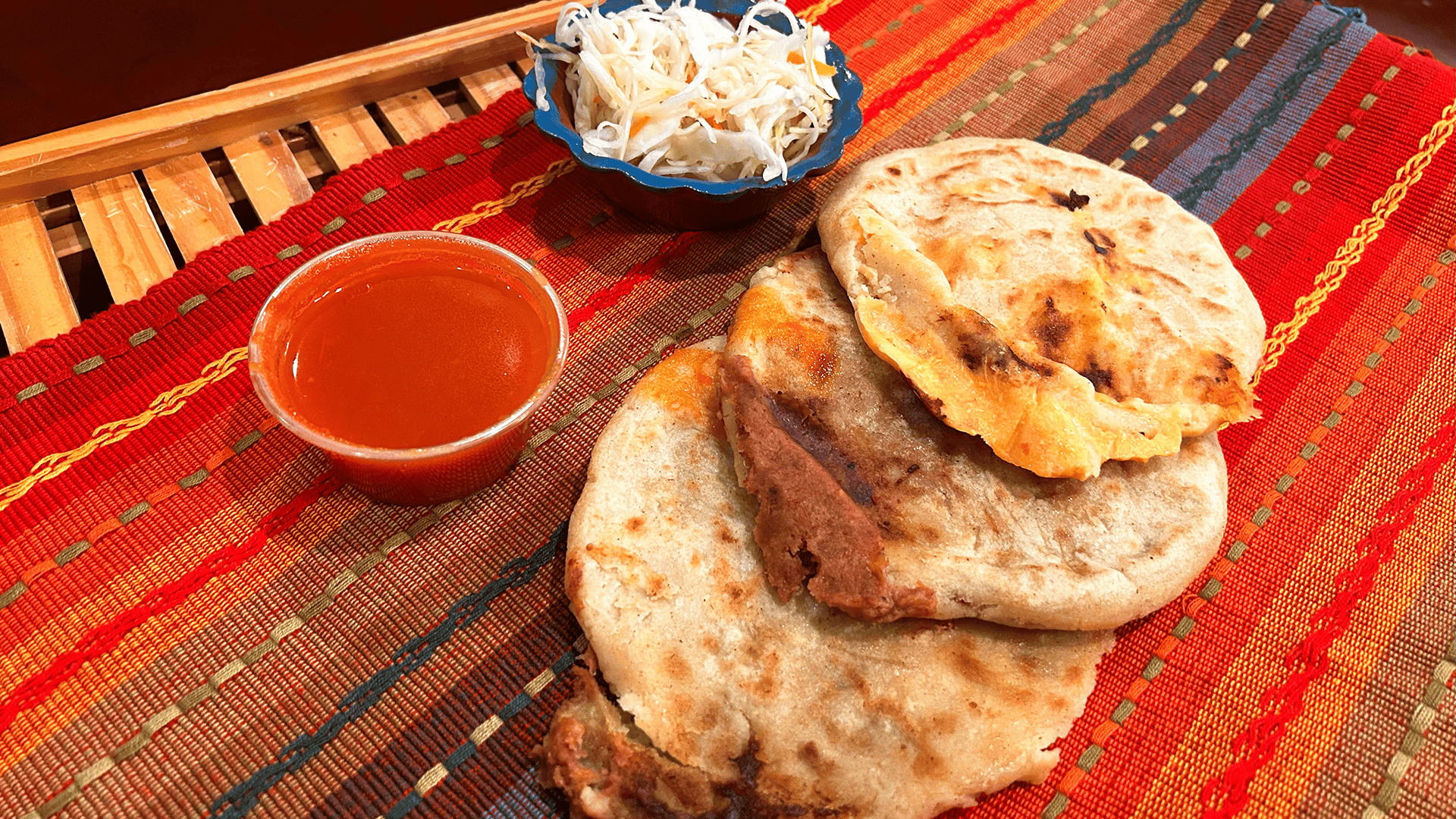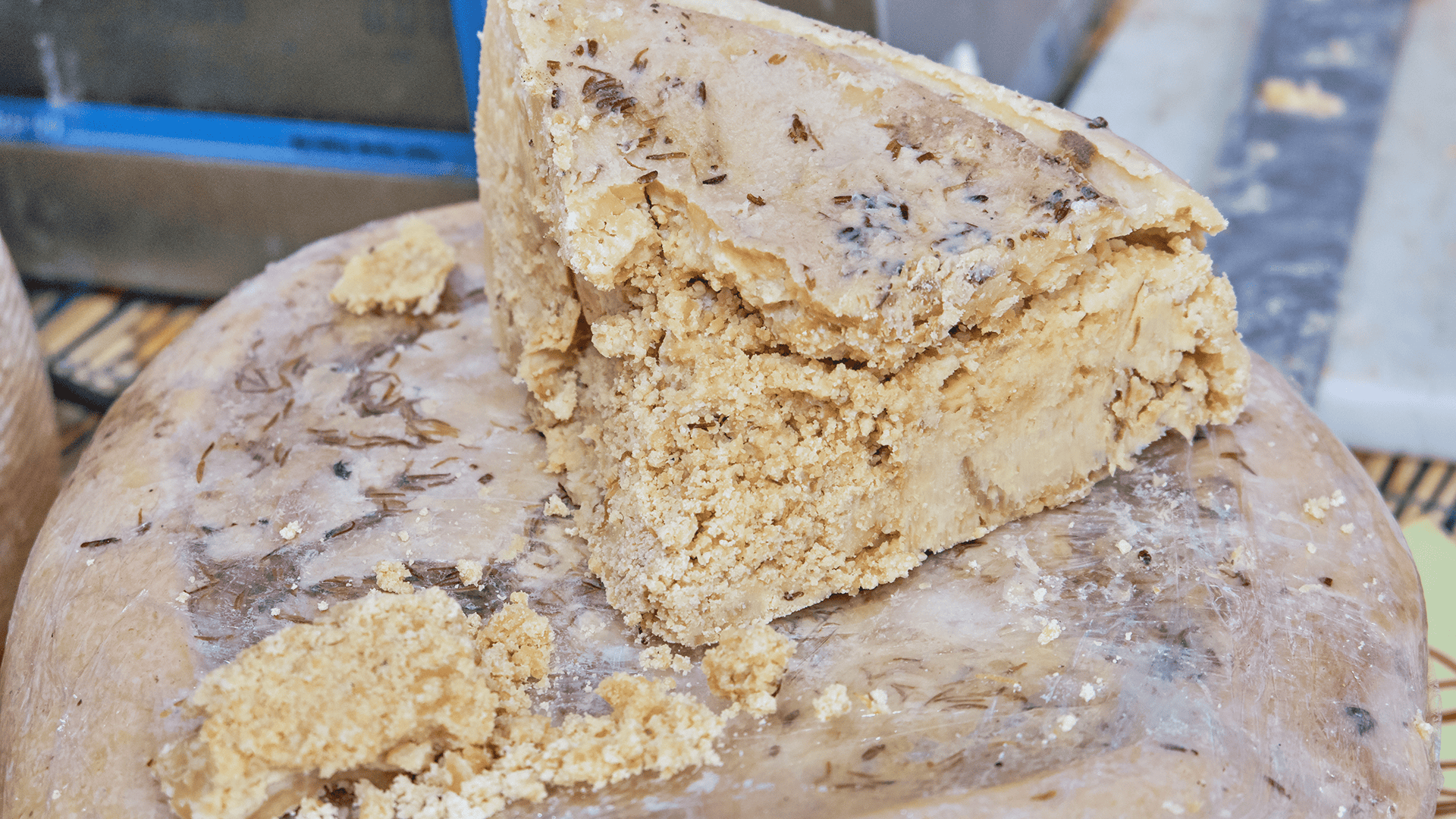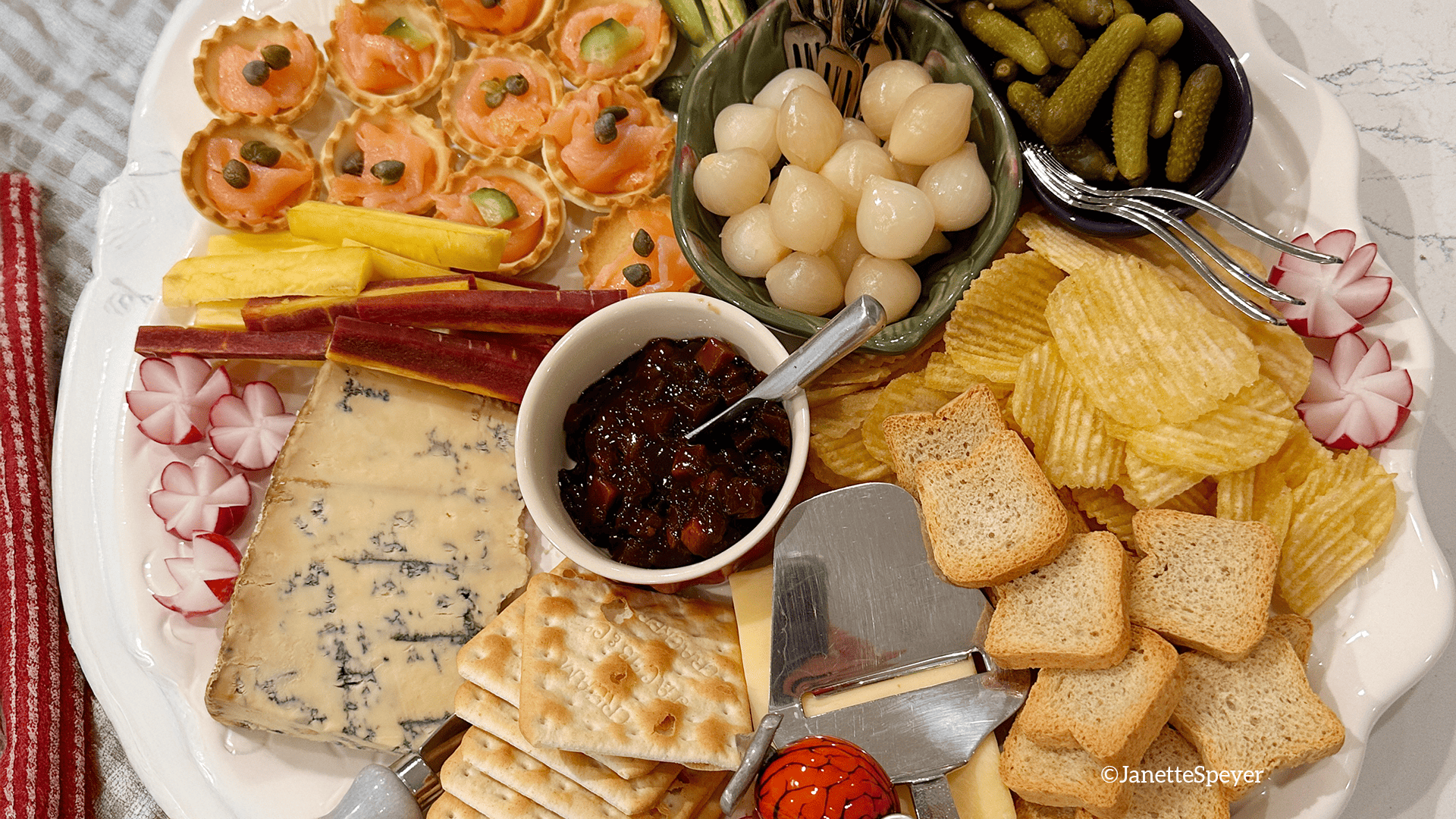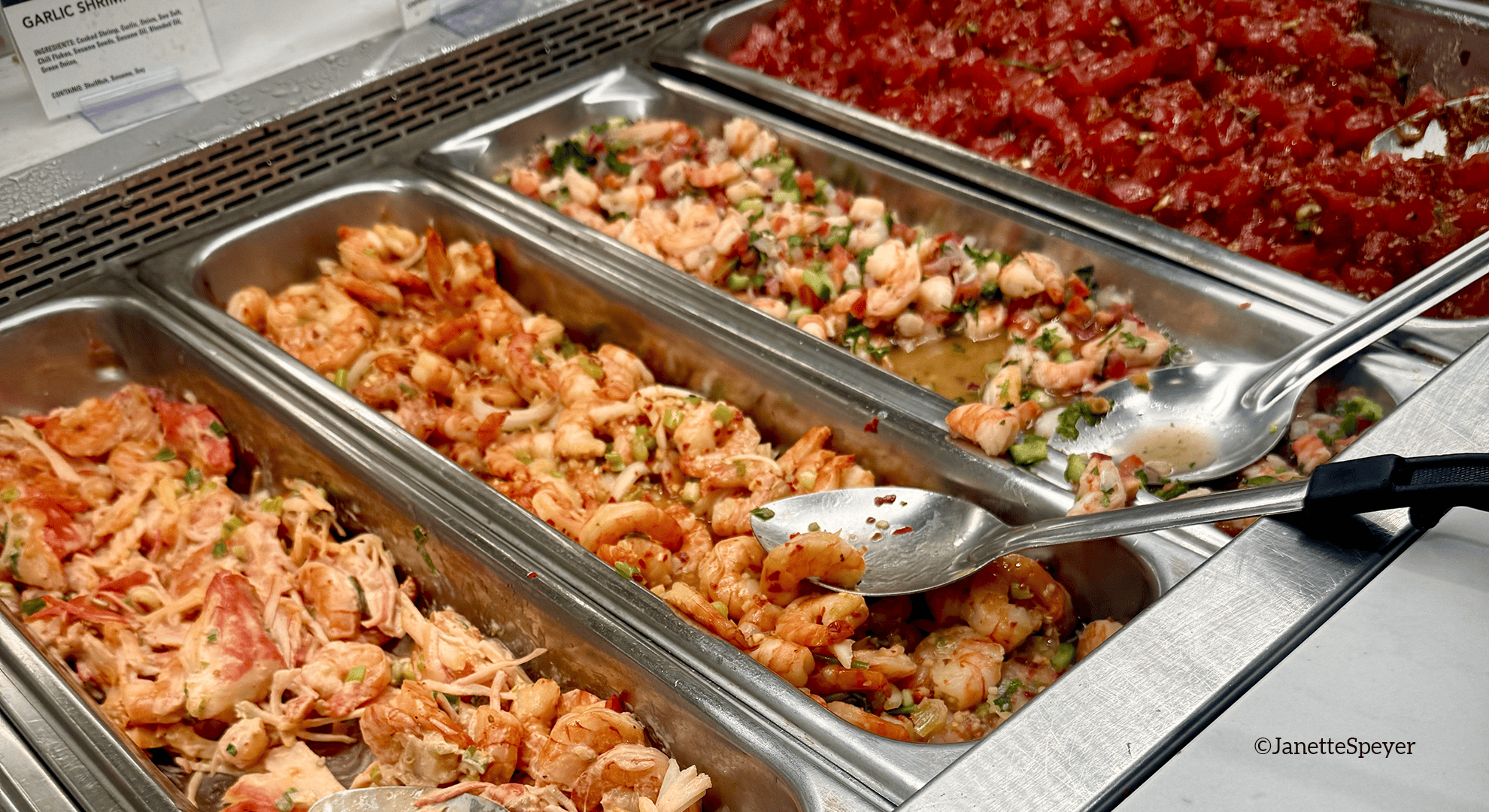Halloween Candy’s Sweet Story
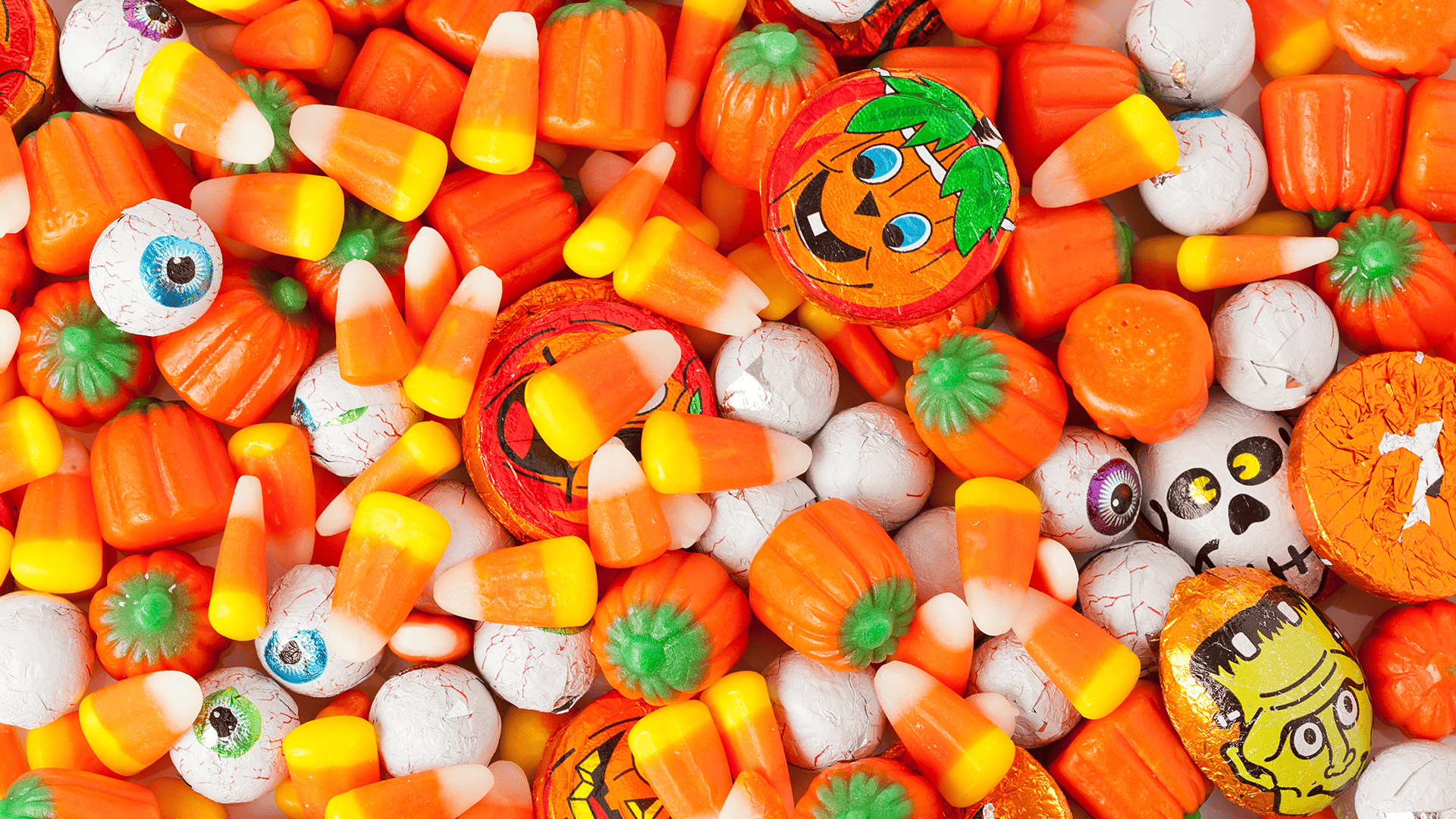
Halloween evokes costumes, smiling kids, and of course, wayyy too much sugar! It’s the one night of the year when indulging in Halloween candy isn’t just allowed, it’s expected. But why do we eat candy at Halloween?
Let’s walk down Candy Lane to discover the roots behind this sweet ancient tradition.
*This post contains affiliate links. If you make a purchase through these links, I may earn a small commission at no additional cost to you. Thank you for supporting this site and helping me keep ancient food stories alive.. Learn more.*
How It All Started
Halloween is deeply rooted in the old Celtic festival of Samhain (pronounced sow-in). Samhain was celebrated over 2,000 years ago, marking the end of the harvest season and the start of winter. Celts believed that on October 31, the veil between the living and the dead was thinnest. This is the time when spirits may cross into the mortal world. Believers lit bonfires, wore costumes, and left food offerings to ward off the roaming souls. Recreate this holiday with the Grim Reaper costume.
As Christianity spread throughout Europe, the church blended pagan traditions with religious observances. November 1st became All Saints’ Day, also called All Hallows’ Day. The night before was “All Hallows’ Eve”, which was eventually shortened to Halloween. This is the present-day holiday we know and celebrate today. In Mexico, November 1st is El Día de los Muertos. On this day, they enjoy sweets in the shape of skulls. Decorate yours at home.
Medieval Trick-or-Treating
The practice of door-to-door trick-or-treating started in medieval Europe. On All Hallows’ Eve, children and the poor would go out “souling”. Foods like small cakes called “soul cakes” were offered in exchange for prayers to the dead. The Scottish and Irish later adopted the custom of “guising.” Children dressed in costumes performed songs, jokes, or tricks in exchange for treats.
In the 19th century, Irish and Scottish Immigrants brought these traditions to America. Eventually, packaged candy replaced homemade goods and coins; it was easier and safer to give to children.
Yes! Soul cakes are a wonderful piece of medieval culinary history — small, spiced cakes traditionally baked for All Souls’ Day (November 2). These little treats were given out to “soulers,” often children or the poor, in exchange for prayers for the dead.
The earliest versions date back to medieval England, and their flavors are a blend of spice, dried fruit, and butter — similar to shortbread with warm spices.

Halloween Candy – Soul Cakes
Medieval Soul Cakes Recipe
Historical Notes
Soul cakes were part of the Christianized version of older pagan Samhain traditions. The practice of “souling” is one of the Medieval ancestors of modern trick-or-treating.
Make them more authentically medieval by:
- Flavoring with ale or mead instead of milk.
- Baking over a hearth or griddle rather than in an oven.
- Best enjoyed fresh! In medieval times, these were handed out to folks with warm drinks.
Ingredients
- 2 cups all-purpose flour
- 1 tsp ground nutmeg or mace (more common in medieval times)
- ½ tsp ground cinnamon
- ½ tsp allspice or cloves
- ½ cup honey
- ½ cup butter
- 1 egg
- 2–3 tbsp ale
- ¼ cup currants or raisins
- A pinch of salt
Instructions
- Mix the dry ingredients. In a bowl, combine the flour, spices, sugar (or honey), and salt.
- Cream the butter. Cream the softened butter. It’s easier in today’s mixers. Add the egg and mix well.
- Combine. Gradually add the dry ingredients into the wet mixture, adding the ale a little at a time until a soft dough forms.
Add currants. Fold in the currants or raisins. - Shape the cakes. Roll out the dough to about ½ inch thick. Cut into rounds 2–3 inches wide. Traditionally, a small cross is cut or pressed on the top of each cake.
- Bake. Place on a greased baking sheet and bake at 350°F (175°C) for 15–20 minutes, until pale golden.
Halloween Candy Giants
Halloween candy, as we know it today, really took off in the 20th century. By the 1920s and 1930s, trick-or-treating was the norm in American neighborhoods. After World War II, candy companies saw a golden opportunity when sugar rationing ended.
By the 1950s, candy had become the go-to Halloween handout. Mass-produced, packaged sweets were favored over homemade treats due to safety and convenience. This association between Halloween and candy in American culture was further popularized by advertising campaigns from major confectioners such as Hershey’s and Nestlé.
Individually wrapped candy was the norm after 1970. Safety concerns and savvy advertising made this possible. Today, Halloween is one of the biggest candy-selling seasons of the year, second only to Christmas. The U.S. alone spends billions of dollars on Halloween sweets each year.
A Sweet Tradition Keeps Growing
Halloween has completely morphed from its Celtic roots. Once a spiritual ritual to ward off spirits, it evolved into a night of costumes, community, and candy. Kids everywhere are eternally thankful. The holiday has shifted, but one thing is certain: the joy of filling a bag, or pumpkin bucket, with sweets is a beloved tradition. This holiday shows no signs of fading.
So, unwrap a mini chocolate bar or dig into candy corn. Remember you’re taking part in a story that began thousands of years ago. This adds a little mystery, a lot of fun, and plenty of sugar.
Explore more in our Food Spotlights or subscribe to our newsletter for weekly stories and recipes inspired by history.
Note to my readers: My research draws from travel experiences, books, and sometimes AI tools. I love using my own photos whenever possible, but occasionally I include stock or AI-generated images to help illustrate the story.
Stay Up-To-Date
Subscribe To Our Newsletter
Meet Janette Speyer

Behind every bite, there’s a story. Join me on a journey through history to explore how centuries of culture have shaped the way we eat. Read More >
Recommended Reading
-
-
10,000 Years of blood, sweat, and spices that built today's plates.
-


